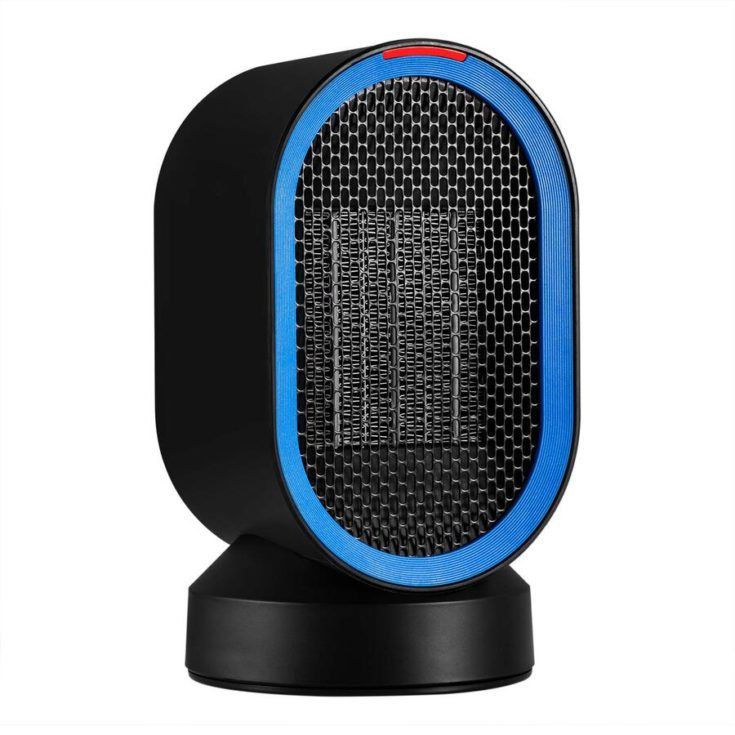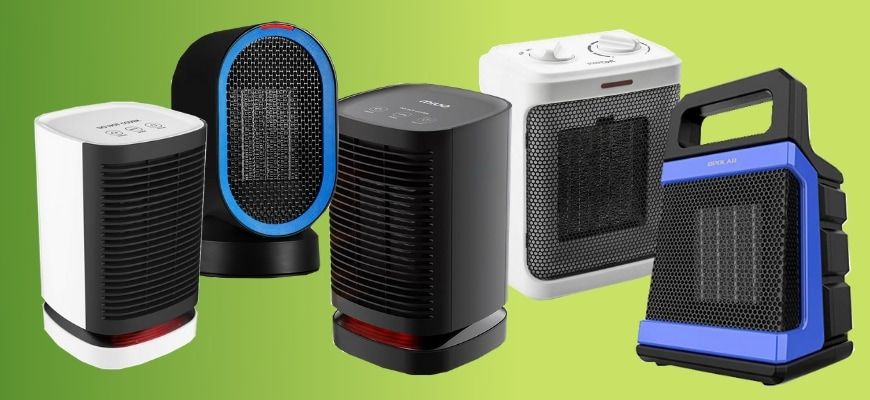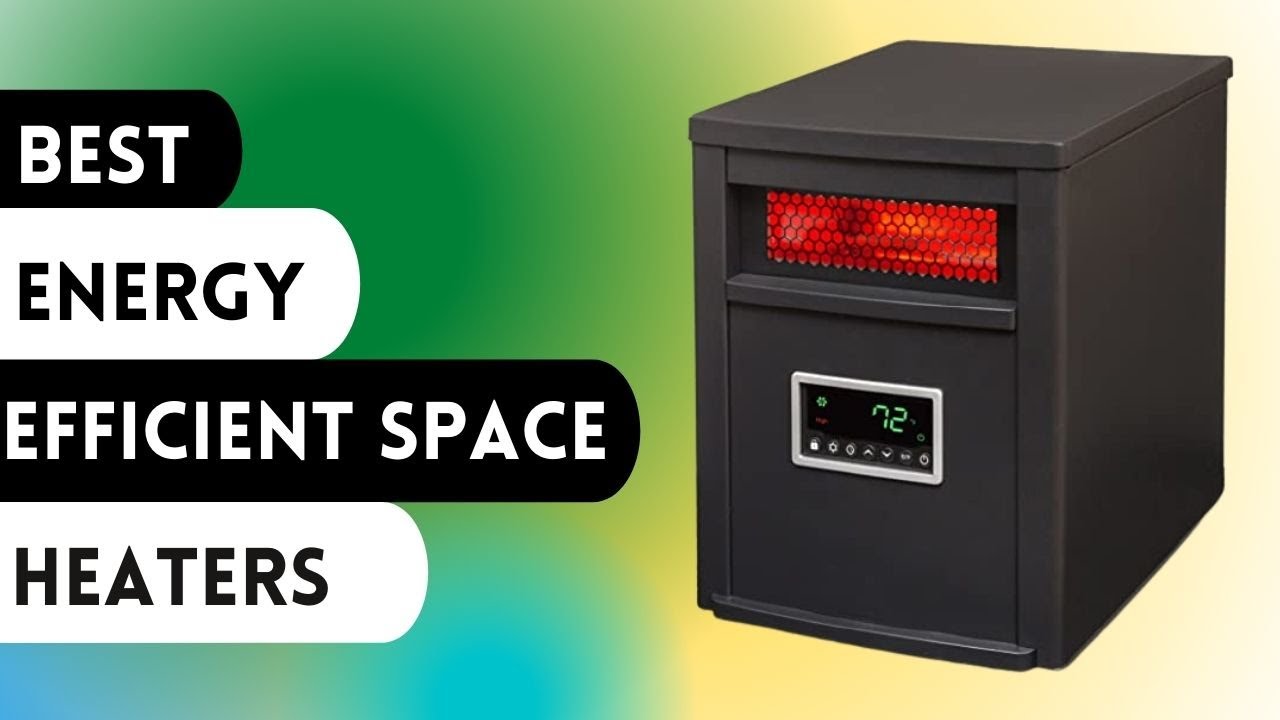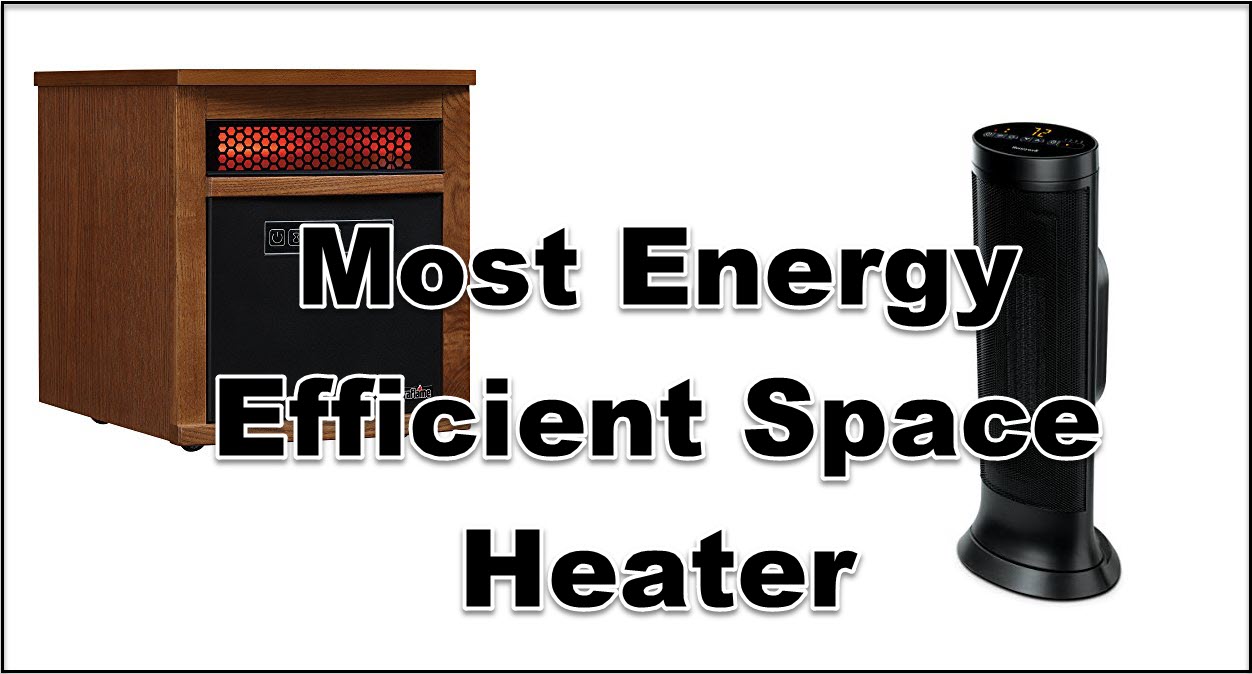Energy Efficient Space Heater Reviews
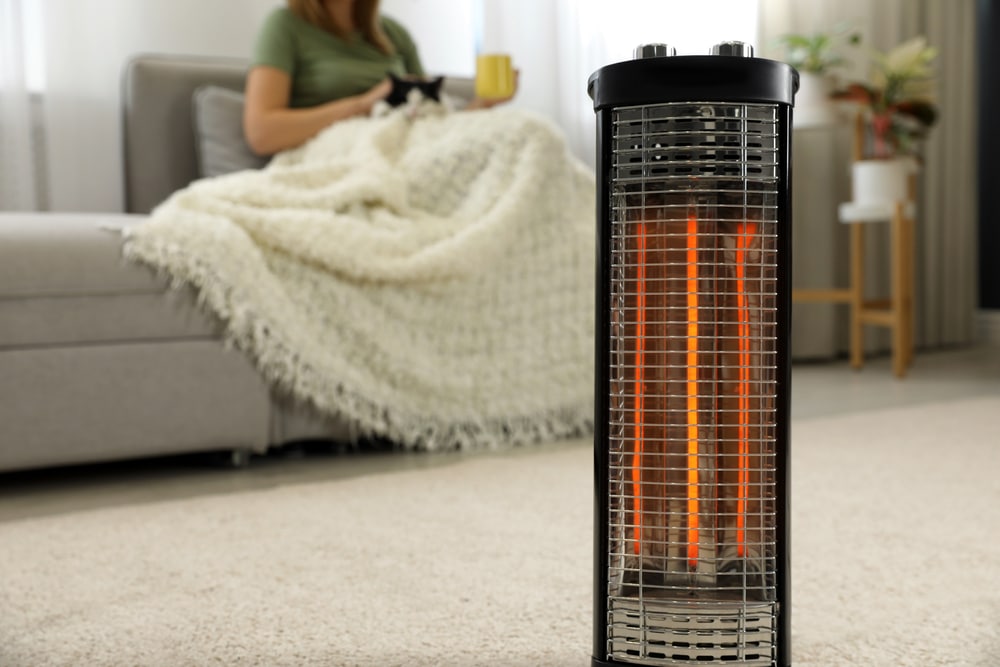
As winter's icy grip tightens, millions face a stark choice: endure bone-chilling temperatures indoors or confront skyrocketing energy bills. With natural gas prices fluctuating and electricity costs on the rise, the quest for affordable warmth has intensified. Energy-efficient space heaters are emerging as a potential solution, promising targeted heating and reduced energy consumption. But do these devices live up to the hype?
This article delves into the world of energy-efficient space heaters, providing a comprehensive review of their performance, cost-effectiveness, and safety. We'll analyze different types of heaters, examining their energy efficiency ratings and heating capabilities. Furthermore, we will explore expert opinions and consumer feedback, offering practical guidance to help readers make informed decisions and stay warm without breaking the bank.
Understanding Energy Efficiency in Space Heaters
Not all space heaters are created equal. Energy efficiency hinges on converting electrical energy into usable heat with minimal waste.
The U.S. Department of Energy (DOE) emphasizes the importance of looking for the Energy Star label. This certification indicates that the heater meets specific energy efficiency criteria.
Heaters with thermostats and programmable timers are generally more efficient. They allow users to control temperature and heating duration, preventing unnecessary energy consumption. According to the Environmental Protection Agency (EPA), using a programmable thermostat can save homeowners up to 10% on their heating bills.
Types of Energy-Efficient Space Heaters
Several types of space heaters claim to offer superior energy efficiency. Each utilizes a different heating mechanism with its own advantages and drawbacks.
Ceramic Heaters
Ceramic heaters use ceramic plates to heat the air, offering rapid warm-up times and relatively even heat distribution. According to testing conducted by Consumer Reports, some ceramic heaters offer exceptional performance in small to medium-sized rooms.
Their compact size and portability make them a popular choice for personal heating. However, they are not as effective in larger spaces.
Infrared Heaters
Infrared heaters use infrared radiation to directly warm objects and people in their path. This targeted heating approach can be efficient, as it avoids heating the entire room.
They are especially suitable for individuals who want to quickly warm up in a specific area. One limitation is that objects outside the direct path of the infrared rays will not be heated.
Oil-Filled Radiators
Oil-filled radiators use electricity to heat oil, which in turn radiates heat into the room. They offer consistent and gentle heat, and many models are equipped with adjustable thermostats. The Consortium for Energy Efficiency (CEE) indicates that oil-filled radiators can be a good option for maintaining a steady temperature over longer periods.
One disadvantage is that they take longer to warm up compared to ceramic or infrared heaters.
Consumer Reviews and Expert Opinions
Real-world experiences and expert assessments provide valuable insights into space heater performance. Online retailers and consumer advocacy groups frequently publish product reviews that can aid in decision-making.
Many users emphasize the importance of safety features. Look for heaters with tip-over switches and overheat protection to prevent accidents. Always inspect the heater's cord and plug for damage before using it. Never leave a space heater unattended, particularly near flammable materials.
Experts from organizations like Underwriters Laboratories (UL) stress the need for proper ventilation when using space heaters. Additionally, consulting a licensed electrician is recommended if you're unsure about the electrical capacity of your home.
Cost-Effectiveness and Long-Term Savings
While the upfront cost of an energy-efficient space heater may be higher, the potential for long-term savings is considerable. By reducing the reliance on central heating, homeowners can lower their overall energy consumption.
Calculate the operating cost of a space heater by multiplying its wattage by the cost per kilowatt-hour (kWh) of electricity. Compare this to the cost of heating the entire home to determine the potential savings.
The actual savings depend on factors such as the size of the room being heated, the thermostat settings, and the frequency of use. In a well-insulated room, an energy-efficient space heater can significantly reduce heating costs.
The Future of Energy-Efficient Heating
Innovation in space heater technology continues to drive improvements in energy efficiency and safety. Smart heaters with Wi-Fi connectivity allow remote control and monitoring via smartphone apps.
These devices can learn user preferences and automatically adjust heating schedules, optimizing energy consumption. As energy costs continue to rise, the demand for advanced, energy-efficient heating solutions is expected to grow.
The development of even more efficient heating technologies, coupled with greater consumer awareness, will play a crucial role in making comfortable and affordable warmth accessible to all.
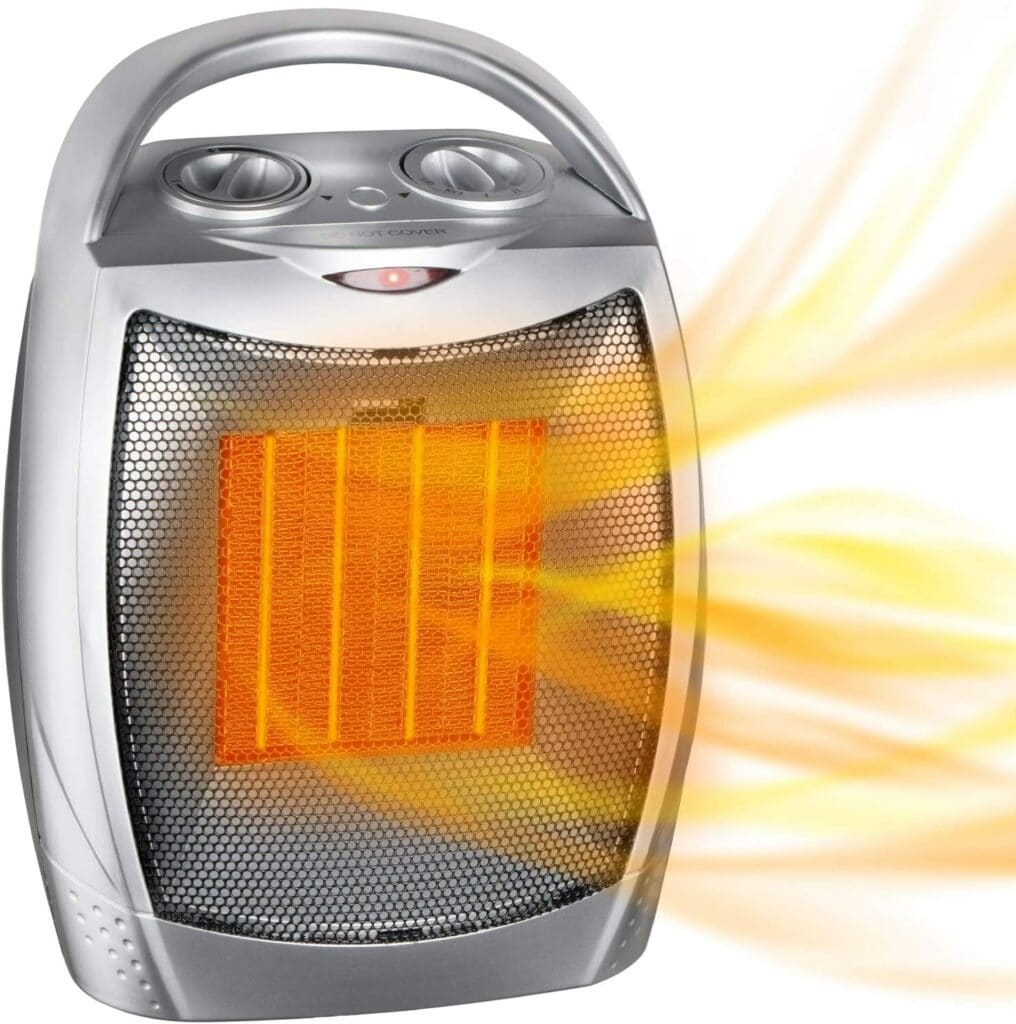

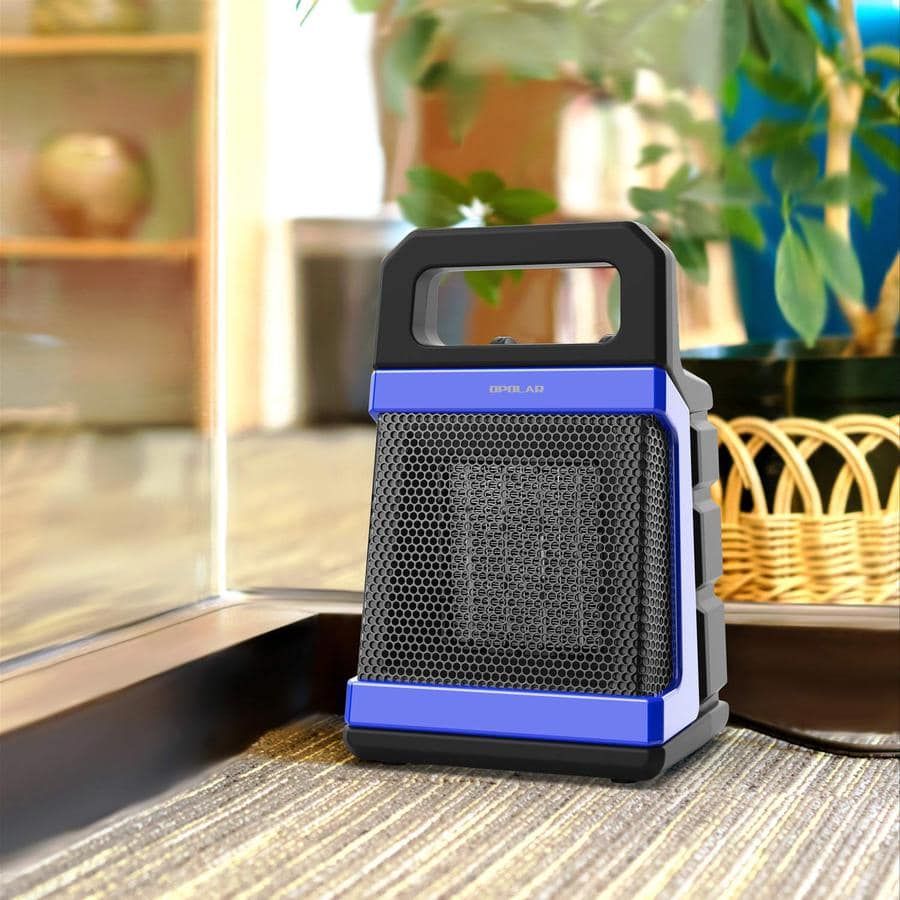
![Energy Efficient Space Heater Reviews Most Energy Efficient Space Heaters [Reviews For 2021]](https://i1.wp.com/besthomegear.com/wp-content/uploads/2019/06/space-leadnasko-electronic-ceramic-heater-electric-only-regularly-cyclonic-digital-with-remote-control-4.jpg?fit=1024%2C538&ssl=1)
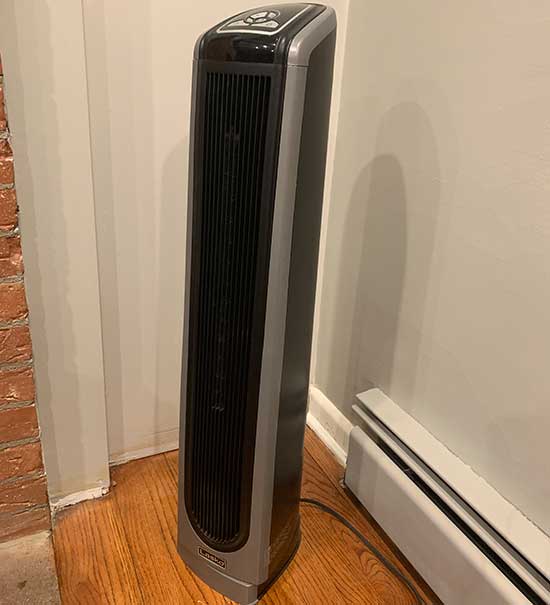


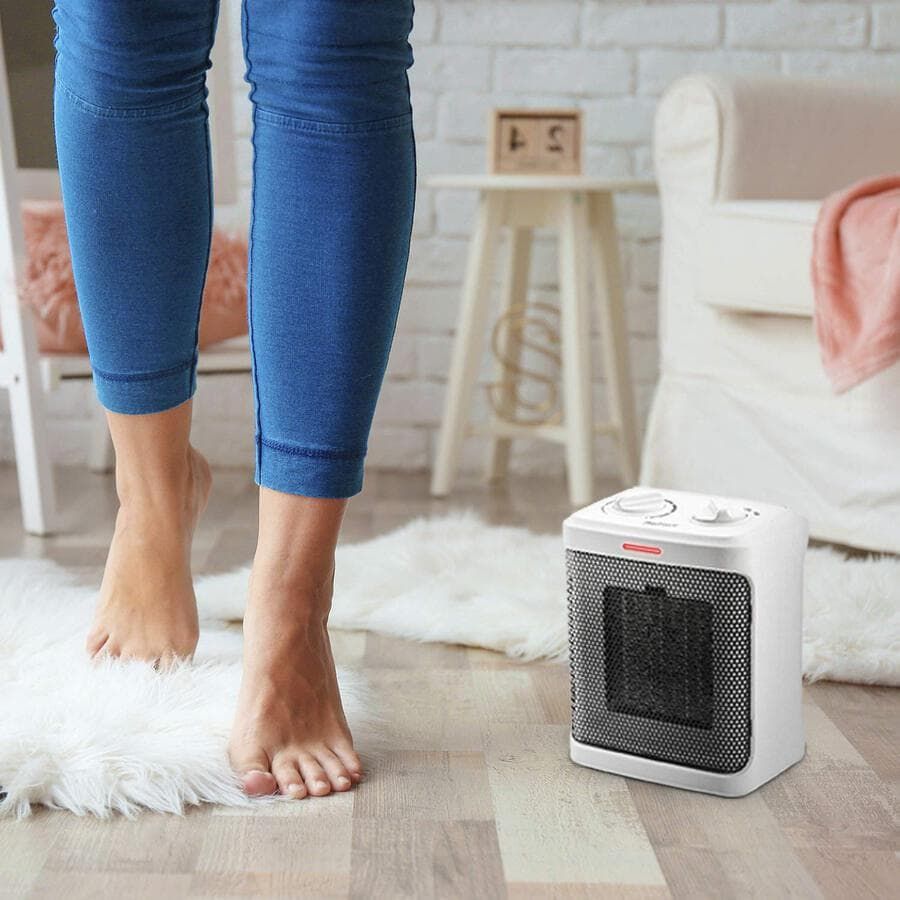


![Energy Efficient Space Heater Reviews 6 Most Energy Efficient Space Heaters ([year] Reviews) in 2023 | Energy](https://i.pinimg.com/originals/75/2d/2a/752d2ad719b0d5a51821d1c2423e09bc.png)
